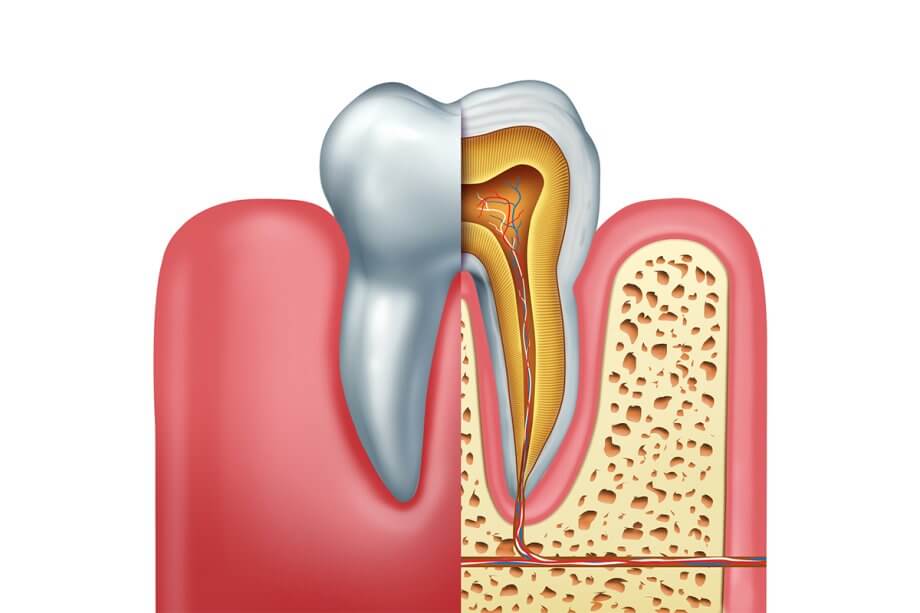Injury and dental decay are among the two most common causes of tooth loss. However, they aren’t the only potential ways patients may lose teeth. Root resorption is another cause of tooth loss that many patients may not be familiar with.
According to the American Association of Endodontists, root resorption involves clastic cells causing the loss of dental tissue. If root resorption goes untreated, a patient might lose one or more teeth.
That doesn’t always need to happen. An endodontist may treat root resorption and preserve a tooth if the condition receives early attention. Even when tooth extraction is necessary to treat root resorption, it can serve to limit further damage.
Types of Root Resorption
Root resorption is a natural process when it involves primary (or “baby”) teeth. Resorption of the root occurs so there is sufficient room for a child’s adult teeth to grow in. However, root resorption that affects the adult teeth is a condition requiring treatment.
Root resorption comes in two main forms. They are:
- External Root Resorption: External root resorption involves a tooth’s outer layers and tissues dissolving. Potential causes of external root resorption include (but are not necessarily limited to) injury, trauma from orthodontic treatment, and impacted teeth.
- Internal Root Resorption: Less common than external root resorption, internal root resorption occurs when the resorption process begins in the inner pulp of a tooth and works its way outward.
One common cause of internal root resorption is long-term, untreated dental decay. This highlights the importance of scheduling regular dental appointments. The sooner a patient receives treatment for dental and oral health issues, the better their odds of avoiding more significant problems.
Common Symptoms of Root Resorption
Symptoms that may be a sign of root resorption include:
- Dental pain
- Tooth discoloration
- Pink spots on teeth
- Teeth that shift in position
- Teeth that damage easily
- Holes in the teeth that may resemble cavities
- Swelling gums
It’s not uncommon for root resorption to occur without patients noticing any symptoms, at least at first. This is another reason to see your dentist every six months. Often, dentists spot the signs of root resorption on X-rays before patients experience symptoms.
Root Resorption Complications
Even if root resorption doesn’t result in loss of a tooth, it can potentially lead to other serious dental and oral health issues, such as:
- Infections
- Crooked teeth
- Tooth damage
None of this is meant to worry anyone. Again, an endodontist could potentially treat the condition and guard against these complications.
Root Resorption Treatment Options
There is no universal treatment for root resorption that’s ideal in all cases. A professional must assess such factors as the severity of the damage to the affected dental tissues to determine what treatment method is best.
Treatment for root resorption often involves removing the affected tissues through root canal surgery. In some cases, it’s not possible to treat a root resorption immediately, due to the area where it is occurring being inaccessible. When this happens, it’s necessary to monitor the condition as it progresses, treating it once doing so is possible. Tooth extraction is also a treatment option in severe cases.
The most important point to take away from all of this is that root resorption is a treatable condition that, while significant, may nevertheless go unnoticed by a patient if they don’t experience symptoms. The best way to avoid this is to ensure a dental professional has an opportunity to check your teeth on a regular basis.
Root Resorption Treatment in Edmond, Oklahoma
At Contemporary Endodontics, we offer treatment to patients with root resorption. Learn more about what we may do for you by contacting us online or calling us at 405-285-5042 to request an appointment.

